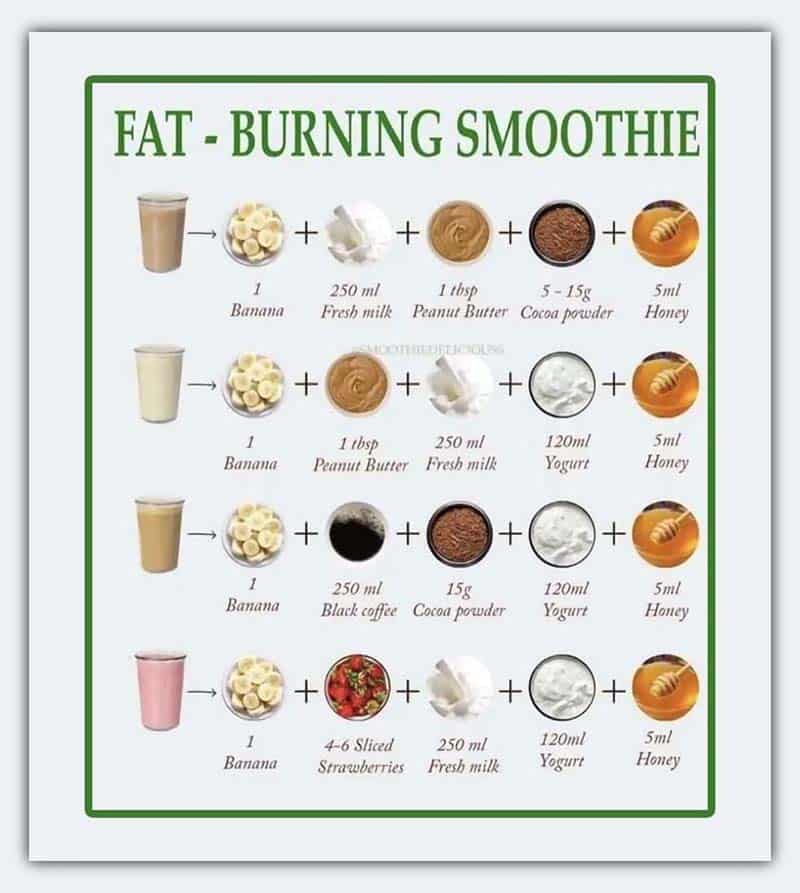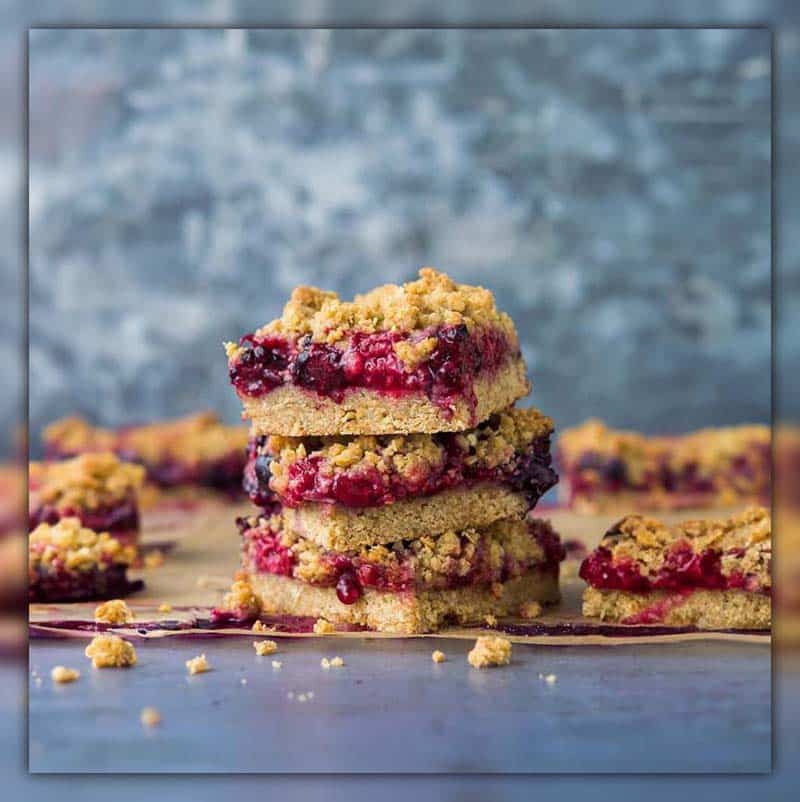Welcome to a Transformational Journey: Unveiling the Power of Very Low Energy Diets! Are you tired of fad diets that promise the moon but deliver little? Do you yearn for a sustainable weight loss solution that’s rooted in science and results? If you’ve been on the lookout for a game-changer, diving into the realm of “very low energy diet” might just be the key to unlock your path to a healthier, more vibrant you.
In this blog, we’re delving deep into the nuances of very low energy diets, uncovering the secrets of shedding those stubborn pounds while maintaining muscle mass. Prepare to embark on a transformative voyage towards a fitter, more energized version of yourself!
What is Very Low Energy Diet (VLED)?

Very Low Energy Diet (VLED) is a scientifically formulated, carefully designed to reduce body fat stores effectively. These specialized meal replacements are crafted to provide essential nutrients such as fatty acids, vitamins, minerals, trace elements, high-quality protein, and a controlled amount of carbohydrates.
The primary objective of VLEDs is to enable fat reduction while preserving lean body mass. This means that as you shed excess fat, your muscle mass and overall body composition are maintained, promoting a healthier physique.
Two trusted and recommended brands for VLEDs are Optifast and Optislim. It’s essential to emphasize the importance of using these medically approved options, as other substitutes might not provide the precise balance of nutrients necessary for a successful VLED.
VLED Effections

Very Low Energy Diets (VLEDs) are a valuable tool in weight management, particularly beneficial for individuals with a BMI exceeding 30 or a waist circumference greater than 94cm for men and 80cm for women.
It’s crucial to note that VLEDs are not recommended for individuals under the age of 18, pregnant or breastfeeding women. Additionally, those with a BMI exceeding 35, individuals at a higher risk of cardiovascular disease, people with diabetes, those over the age of 65, or individuals on prescribed medications may need more frequent monitoring due to increased risk factors.
Regular medication review is essential for individuals on VLEDs, especially if taking medications for conditions like high blood pressure, diabetes, blood thinners (e.g., warfarin), steroids, or diuretics.
Monitoring encompasses a range of health parameters, including full blood count, electrolyte levels, ECG, urine analysis, blood pressure, and blood glucose levels.
While VLEDs can be highly effective, they may entail certain side effects such as sensitivity to cold, fatigue, gastrointestinal issues (diarrhea or constipation), muscle cramps, irritability, dizziness, headaches, and dehydration.
Thus, it’s crucial to undertake a VLED under the supervision and guidance of healthcare professionals, including doctors, nurses, or dietitians.
How does Very Low Energy Diet work?

A Very Low Energy Diet (VLED) plan is a strategic approach designed to significantly reduce body weight and improve surgical outcomes, particularly in laparoscopic procedures. By targeting fatty deposits in the liver and reducing its size, a VLED enhances surgical access and minimizes surgical risks.
The VLED operates on the principle of meal replacement, providing around 800 calories (equivalent to 3344 kilojoules) per day. This controlled caloric intake leads to an average weight loss of 2-3 kilograms per week, promoting steady and effective progress. Optifast and Optislim are recommended choices to replace breakfast, lunch, and dinner, offering various options such as milkshakes, soups, desserts, or bars.
To adhere to the VLED plan, it’s crucial to follow these guidelines:
- Meal Replacement: Opt for Optifast or Optislim for all main meals, ensuring you consume around 800 calories daily.
- Fluid Intake: Drink 2-3 liters of low-calorie fluids each day to maintain hydration and support the dietary regimen.
- Vegetable Consumption: Incorporate 2-3 cups of low-starch vegetables into your daily meals, enriching your diet with essential nutrients and fiber.
- Healthy Fats: Include 1 teaspoon of unsaturated oil daily to fulfill your body’s need for healthy fats and maintain a balanced diet.
This comprehensive plan is strategically crafted to aid in effective weight loss and prepare the body for surgical procedures by reducing liver size and enhancing laparoscopic surgical access. It’s essential to strictly adhere to the plan and consult with healthcare professionals to ensure its suitability for your individual health circumstances.
Tips: How I Tricked My Brain Into Stopping Cravings
Very Low Energy Diet Plan
Starting a Very Low Energy Diet (VLED) doesn’t mean compromising on taste or satisfaction. Here are some delightful and fulfilling VLED diet recipes designed to complement your VLED plan while keeping your calorie intake in check:
Breakfast:

- Optifast/Optislim Shake: Enjoy a fulfilling shake along with black tea or coffee (without sugar) to kickstart your day.
- Optifast/Optislim Bar: Pair it with a soothing herbal tea (no sugar) for a satisfying breakfast treat.
Lunch:

- Optifast/Optislim Soup: Savor a warm, comforting soup and complement it with a salad drizzled with balsamic vinegar.
- Optifast/Optislim Shake: Another shake for lunch, accompanied by a warm roasted vegetable salad for a delightful meal.
Dinner:

- Optifast/Optislim Bar: Start with a nutritious bar and pair it with a vegetable stir-fry featuring broccoli, carrots, and snowpeas.
- Optifast/Optislim Soup: Enhance the soup by adding cooked celery, carrots, zucchini, and green beans to create a wholesome dinner.
Snacks:

- Vegetable Sticks: Enjoy a cup of crunchy vegetable sticks.
- Low Joule Jelly: Treat yourself to a cup of low-calorie jelly.
- Mexican Salsa: Spice things up with a flavorful salsa.
- Diet Cordial Slushy: Cool down with a refreshing diet cordial slushy.
Drinks:

- Water: Aim for 2-3 liters of water throughout the day to stay hydrated and support your VLED.
- Herbal Tea: Enjoy a cup of herbal tea to add variety and flavor to your beverage options.
- Diet Cordial: Incorporate a cup of diet cordial for a burst of taste without added calories.
- Plain Mineral Water: Opt for a plain mineral water to add a touch of effervescence to your daily drink choices.
Some Very Low Energy Diet Recipes
Exploring nutritious and delicious recipes can be a delightful journey towards a healthier you. Here are some enticing recipes, accompanied by tips from BodyfitNT, to keep your taste buds satisfied while nourishing your body:
1. Oriental Broth:
- In a small pot, bring approximately 2 cups of vegetable stock to a simmer.
- Add a small knob of fresh ginger, thinly sliced cabbage, finely sliced carrots, mushrooms, and bok/pak choy.
- In another pot, hard boil 2 eggs (approximately 8 minutes).
- When the vegetables are slightly crunchy, add mung bean sprouts and halved hard-boiled eggs for added protein and texture.

2. Mexican Salsa:
💃 5 minute salsa
- Makes 2 cups.
- Combine 2 ripe tomatoes (chopped), 1 Lebanese cucumber (chopped), ½ red onion (finely chopped), 1 teaspoon lemon juice, 1 tablespoon chopped parsley, 1 tablespoon chopped coriander, and 1 small red chili (seeded & chopped).
- Toss all the ingredients well and serve with carrot and celery sticks. This salsa can be kept covered in the refrigerator for 2-3 days, making it a convenient snack option.

3. Ratatouille:
𝐑𝐞𝐦𝐲’𝐬 𝐑𝐚𝐭𝐚𝐭𝐨𝐮𝐢𝐥𝐥𝐞 🐀🥘 • 𝐄𝐚𝐬𝐲 • 𝐇𝐞𝐚𝐥𝐭𝐡𝐲 • 𝐎𝐧𝐞 𝐏𝐨𝐭 • 𝐄𝐧𝐞𝐫𝐠𝐲 𝐒𝐚𝐯𝐢𝐧𝐠.
- Sauté 1 large onion (finely chopped) in a large saucepan with 1 tablespoon of water until soft.
- Add 1 zucchini (sliced), 1 eggplant (diced), 1 green capsicum (seeded and diced), 1 red capsicum (seeded and diced), 2 ripe tomatoes (chopped), and 2 cloves of chopped garlic.
- Cover and cook gently for 10 minutes, then add a 425g can of crushed tomatoes.
- Cook for an additional 15-20 minutes or until the vegetables are tender. Top with chopped parsley for a burst of fresh flavor.

Difference between Low Energy Diet vs Very Low Energy Diet

Distinguishing between Low Energy Diets (LEDs) and Very Low Energy Diets (VLEDs) is vital in comprehending their impact on weight loss and skeletal muscle mass, as highlighted in the study by baker very low energy diet, Arash Ardavani, Hariz Aziz, et al. Low Energy Diets typically range from 3347 to 5021 kJ per day (800 to 1200 kcal/day), while Very Low Energy Diets significantly reduce the caloric intake to around 2510 kJ per day (600 kcal/day).
One of the critical factors in evaluating the effectiveness of these diets is the rate of weight loss. During the initial 4 to 6 weeks of intervention, both VLEDs and LEDs have demonstrated a substantial weight loss rate of up to 2.5 kg per week. However, as the intervention continues over a more extended period, such as up to 6 months, the rate of weight loss diminishes. For VLEDs, the weight loss rate decreases to approximately 0.8 kg per week after the initial 6 weeks, and this rate is consistently maintained thereafter.
Finale
In the quest for sustainable weight loss and a healthier lifestyle, the potential of a Very Low Energy Diet shines brightly.
Our exploration into this transformative approach has revealed the science-backed benefits, shedding light on the path to effective weight management while preserving muscle mass. But this is just the beginning of your journey with BodyfitNT.
For more enlightening insights, expert tips, and a plethora of valuable knowledge, delve deeper into our blog and let the power of knowledge fuel your path to a better you. Stay inspired and keep discovering with BodyfitNT – your companion on the road to optimal health!

Born on July 26, 1960, Professor Tim Olds is a leading authority in the field of health sciences, focusing on exercise science, nutrition, and well-being. As the Bradley Distinguished Professor at the University of South Australia, his research offers pivotal insights into the effects of physical activity, diet, and lifestyle on health outcomes for both men and women.
Having completed two PhDs, one in French Studies and the other in exercise science, Professor Olds has uniquely blended his academic background to explore the multifaceted connections between human behavior, physical fitness, and nutrition. His work in mathematical modeling of cycling performance, anthropometry, and trends in fitness and fatness has informed strategies for weight management and healthy living.
Professor Olds served as the Project Director for the Australian National Nutrition and Physical Activity Survey, examining how diet and physical activity influence health on a national scale. His work on the ADAPT Project, focusing on 3D anthropometry, further showcased his innovative approach to understanding human physicality.
With numerous influential publications, Professor Olds has contributed substantially to the public’s understanding of diet, weight loss, and personalized fitness strategies. His findings have been instrumental in shaping health policies and behavioral change programs aimed at improving individual and community wellness.
From exploring women’s health concerns to understanding men’s fitness needs, Professor Olds’s research transcends gender barriers and offers a comprehensive view of the role of exercise and nutrition in enhancing life quality. His enduring commitment to health education and advocacy continues to inspire people to make informed decisions for a balanced and healthy life.
Professor Tim Olds’s trailblazing work stands as a vital resource for anyone interested in embracing a healthier lifestyle, understanding the science of physical activity, or pursuing effective strategies for diet and weight loss. His academic excellence and practical wisdom make him an essential voice in the ongoing conversation about health and well-being in the modern world.
PUBLISHED ARTICLES
- Olds, T. (2012). Evidence for a Sugars-to-Mental Health Pipeline. Atherosclerosis Supplements, 13(4), 29-30.
- Olds, T., Maher, C., & Zumin, S. (2011). The evolution of screen time: What’s next? Journal of Physical Activity and Health, 8(2), 236-244.
- Olds, T., Ferrar, K., Schranz, N., & Maher, C. (2013). Obese adolescents are less active than their normal‐weight peers, but wherein lies the difference? Journal of Adolescent Health, 53(6), 768-774.
- Olds, T., Maher, C., & Matricciani, L. (2010). Sleep duration or bedtime? Exploring the relationship between sleep habits and weight status and activity patterns. Sleep, 33(12), 1576-1581.
- Olds, T., Ridley, K., & Dollman, J. (2006). Screenieboppers and extreme screenies: The place of screen time in the time budgets of 10–13 year‐old Australian children. Australian and New Zealand Journal of Public Health, 30(2), 137-142.
These published articles reflect Professor Tim Olds’ contributions to various aspects of physical activity, sedentary behavior, and health-related research. They provide insights into the intricate relationship between lifestyle choices and health outcomes

